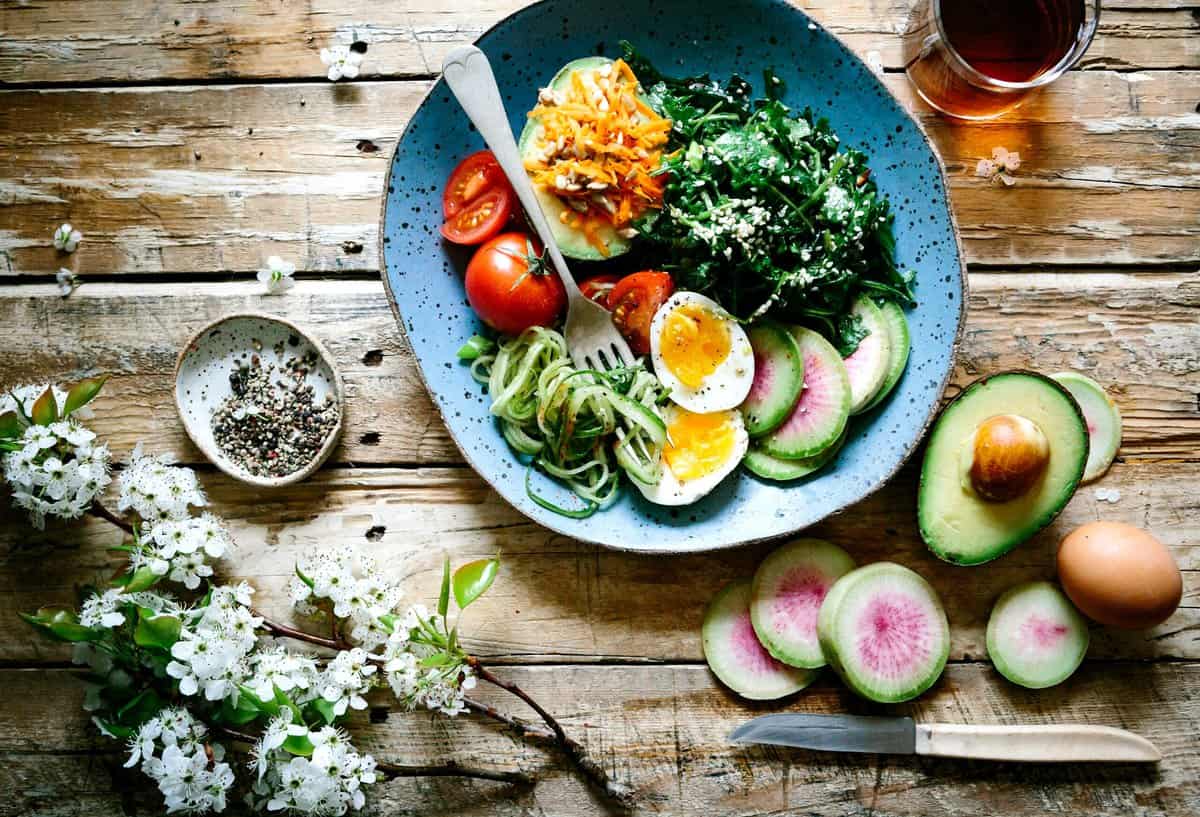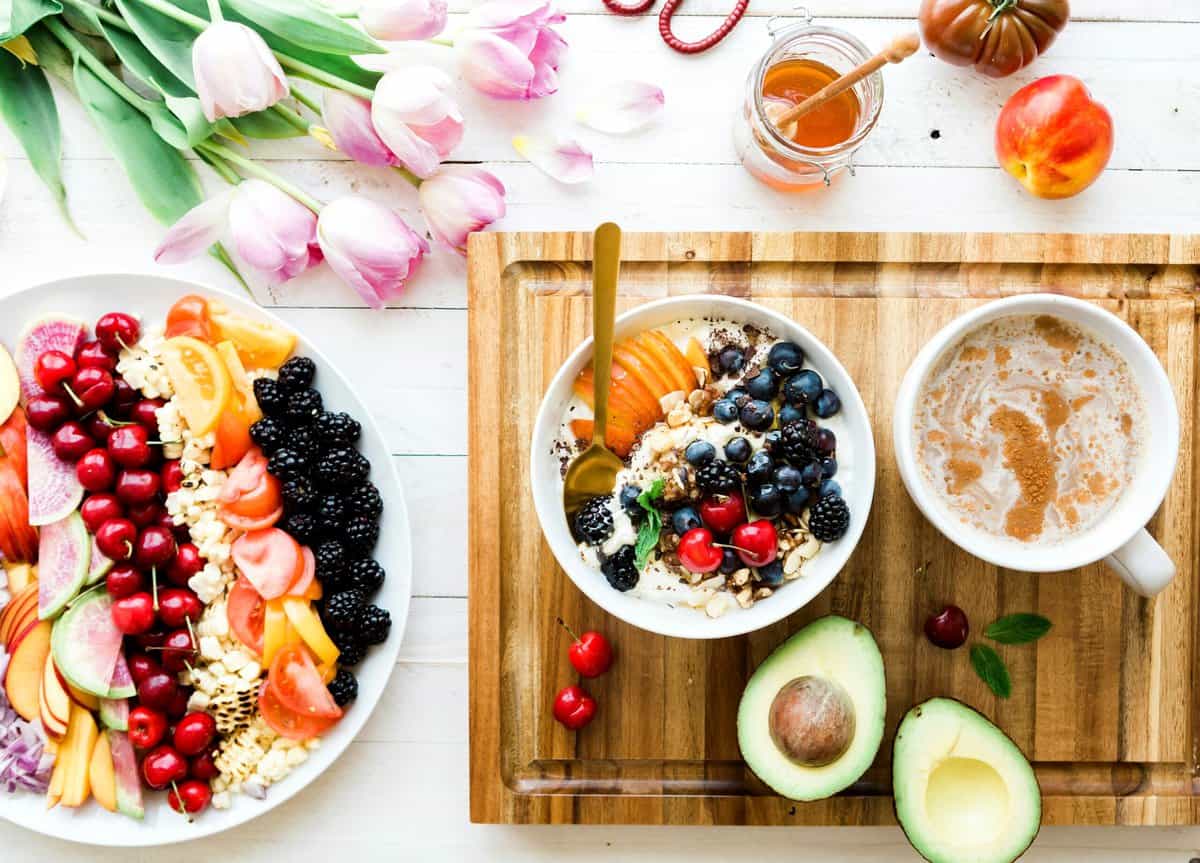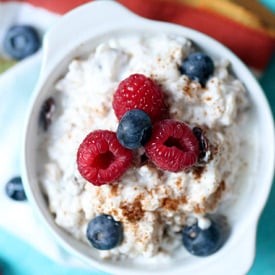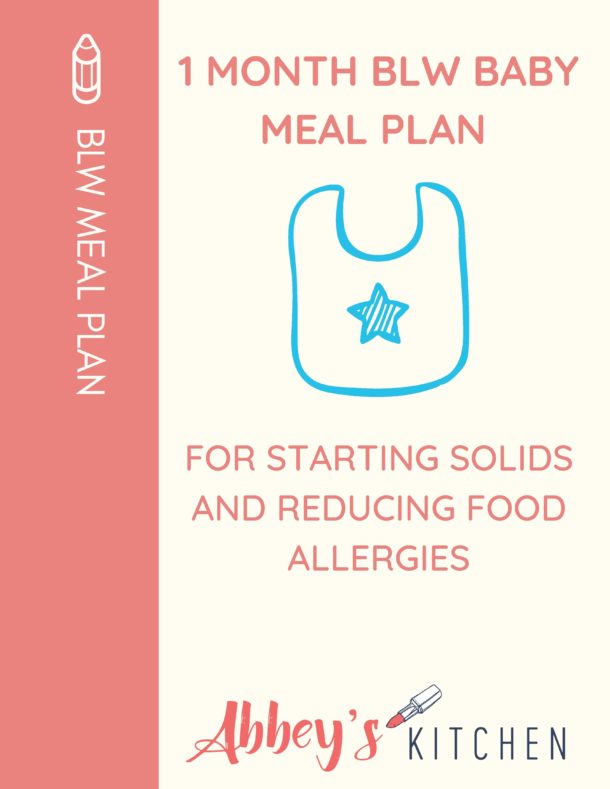What if everything you thought you knew about weight loss was a lie? Today we’ll review factors that influence a healthy calorie intake and dive deep into our gut health’s influence.

For decades we have known that weight loss comes down to a simple equation of calories in minus calories out. Everyone just needs to follow the laws of thermodynamics to have an equal chance of losing weight. Well, what if that was all a lie? What if 100 calories of chocolate had a different effect on the energy equation than 100 calories of broccoli? What if the calories in an apple to me were different than the calories in the apple to you? The math just ain’t gonna math. Also a quick thank you to Erin Davis, my RD colleague, for supporting me on this research!
Factors That Influence Calorie Needs
There are several factors that influence a healthy calorie intake beyond those that go into the formulas or calculators we have access to online, things like muscle mass, climate, hormonal status, weight history, ethnicity, and more. There’s also the thermal effect of food and changes to the calorie count with cooking and chewing, not to mention the whole calorie calculation is based on a ridiculously small study and the research was flawed. But further complicating this already complicated flawed science is the role of our gut. That is what we’re going to focus on today.
So we have ample research at this point that links specific gut microbiome profiles or characteristics to obesity and metabolic syndrome. In other words, fat people’s guts just look different than thin people’s. We tend to see specific bacterial species in the gut of folks who are overweight, and other species that are found in folks who are lean, with the most prominent observation being that obese patients have a high firmicutes to bacteroidetes ratio. This high F to B ratio is one example of gut dysbiosis. Neither of these are bad bacteria but disrupting the ratio can cause trouble.
But the question is what comes first, the bad microbiome or the diet-related obesity? In other words, is our diet to blame for ruining our gut microbiome which then becomes a MARKER of obesity, or does our gut microbiome inherently destine us to obesity despite healthy calorie intake?
Well, we don’t totally know. But its probably a bit of both. Genetics can alter the microbiome. We also know that a mom’s gut microbiome influences a baby’s microbiome in utero, as can breastmilk in that first year of life. But if your mom had a bad microbiome or “bad” diet it doesn’t necessarily mean you’re destined to be overweight. How we nurture our own microbiome through diet is key.
Healthy Calorie Intake & The Gut Microbiome
What we eat has a direct and important impact on which bacteria species can grow and flourish. And fibre, aka pre-biotics, is the fuel that feeds the good bacteria, which is one of many reasons why fibre is an integral part of my Hunger Crushing Combo. Interestingly, in contrast, one review of the literature found that people whose diet was low in fibre and high in animal protein had guts with that obesogenic ratio of high bacteroidetes to low levels of firmicutes. So no, the carnivore diet is not good for your gut.
Another diet that might not be good for the gut, depending on how it is interpreted is something like “if it fits your macros”. Now, this could be done in a super balanced gut-friendly way. But remember when fitness bros on TikTok were promoting eating Pop Tarts and Little Debbies for weight loss just because it fits their macros and calorie goals? I mean, this might work just fine for some folks to some extent for some period of time, but it’s certainly not the best practice for weight loss. We used to think this was just because foods like Pop Tarts are low in Hunger Crushing Compounds, making a calorie deficit more difficult because you’re gonna get hungry. But new research suggests we may absorb more calories from those pop tarts vs the equivalent number of calories of apples or peas.
Are All Calories Equal?

A recent 2023 study proposed that a calorie is not just a calorie. It’s not about how many calories are available to us, it’s how many our unique body uses and absorbs. And that depends on our gut. Ultra-processed foods like those Pop Tarts are quickly absorbed in the upper gastrointestinal tract, which means we can squeeze more energy out of them. But higher fibre foods make their way into the large intestine, where bacteria await their feast. The bacteria digest and absorb some of the available calories, leaving fewer excess calories to be potentially stored as fat. Our body and our microbes are fighting over this energy- the more processed the food, the more likely we are to win, and the less likely we are to share. RUDE. As my justice-obsessed kiddo would say, sharing means caring.
But anyway, in this study, they gave one group a fibre-rich diet with lots of resistant starch, fruits, veg, beans and whole grains that was designed to make the microbes happy, and they gave the other group a diet rich in ultra-processed foods with things like white bread, ground beef, American cheese, cheese puffs, cookies, deli meats etc. This was a small study but super rigorous in design, because the participants had to live in a metabolic ward where every single calorie was accounted for. And it wasn’t just the inputs they were controlling, but they were collecting the outputs too- aka everyone’s poop. And when they looked at the poop, they were able to measure the “lost calories”.
The fibre group “lost” on average 217 calories per day, while the processed food group only lost about half of that. Some people even lost around 400 calories in the fibre-rich group, which alone could create a calorie deficit resulting in almost a pound lost per week. This likely came down to the existing health and diversity of each participant’s microbiome. The more “good” bacteria, and the more diverse the party down there, the more calories they can gobble up. And if you’re thinking, well wouldn’t losing calories just make you hungrier for more calories? Actually, no. The study found that the fibre group didn’t experience any increase in hunger despite losing the fight for more of those calories.
And that’s not even the most interesting part. Not only did the fibre group not absorb or utilize as many calories, but feeding the gut bacteria also produced short-chain fatty acids and increased levels of GLP-1. If GLP-1 sounds familiar, it’s because people are paying upwards of $1000 per week to inject themselves with this to suppress their appetite. This is all part of the package deal when you eat more fibre and consume a healthy calorie intake.
Obviously, this is a small study, and we need more research to confirm these findings on a bigger scale. But it may offer some insight into the why behind what we know about a predominantly whole food plant-heavy high-fibre diet and weight management. So for example, research has associated a reduction in short-chain fatty acids we just mentioned with obesity. Short chain fatty acids are the byproduct of bacteria fermenting resistant starches and fibres that act as signalling molecules to reduce appetite hormones like PYY and ghrelin and increase metabolism and calorie burn. We now are exploring how fibre supplementing can increase these SCFAs in the gut on a dose dependent basis to have all of these potential weight management effects.
I know it’s a lot so to recap: dysbiosis is linked with obesity. We know that our diet can play a role in feeding the good bacteria to correct this dysbiosis, while also feeding our bacteria instead of our fat cells more calories. All of these play into healthy calorie intake and weight management.
So What Should We Focus On?
Diet
So obviously it starts with diet, prebiotics and probiotics. Prebiotics are the bacteria food, which as we established is predominantly fibre. Dietary fiber consensus recommends 14 g/1000 kcals/day, so that is generally anywhere from 25-38 grams per day. But just like you might like broccoli, and I might like Brussels sprouts, different bacterial strains can be picky about their preferred fuel. So if we want a diverse and plentiful microbiome we need different fibre sources. Every fibre promotes its own unique microbiota action. Bacteroidetes like soluble fibre like oats, barley and apples. Actinobacteria like insoluble fibre like wheat bran and nuts. Etc.
Now, Probiotics are sources of bacteria themselves aka fermented foods like sauerkraut, kombucha, kimchi, kefir, and yogurt. We also know that probiotic supplements can help restore the optimal firmicutes to Bacteroidetes ratio – the most well-studied for this is lactobacillus and bacillus strains, and saccharomyces yeasts.
While fibre will help you better manage your appetite and hunger, we still want to be mindful of overconsumption. One study found that Increasing calories from 2400 to 3400 increased the “bad” Firmicutes by 20% and decreased the good Bacteroidetes by 20%, which is the same ratio associated with risk of obesity.
Exercise
Exercise can also modulate gut bacteria by effectively promoting bacteria diversity, improving that Firmicutes/Bacteroidetes ratio, increasing the proliferation of bacterial species that can improve gut barrier functions, and stimulating bacterial species that produce SCFAs. Remember, those SCFAs help suppress hunger and improve metabolism.

Bottom Line
This is a complicated subject but the solution is quite simple. Add more high fibre, colourful whole foods to your diet. It’s also a good reminder of why my Hunger Crushing Combo works over something extreme or restrictive like keto or carnivore. It encourages variety, which as we’ve established is key to keeping a varied diverse microbiome happy. It also encourages you to add fibre which not only contributes to satiety, but it also increases SCFA production which helps manage appetite and an overall healthy calorie intake.
More Blog Posts You Might Like
Looking for more blog posts about healthy calorie intake or diet reviews? Check out some of my favorites on the blog!
- FOOD COMBINING DIET: THE SHOCKING TRUTH ABOUT THE DIET FOR WEIGHT LOSS, BLOATING, & IBS
- HOW TO FIX A SLOW METABOLISM | REVERSE DIETING VS. ALL-IN
- INTUITIVE FASTING – IS IT REALLY INTUITIVE OR JUST ANOTHER DIET?
- VEGAN DIET AND BLOATING | HOW TO IMPROVE GUT HEALTH
Did you know that gut health plays a role in healthy calorie intake? I’d love to hear your experiences with gut health in the comments below!





Leave a Comment